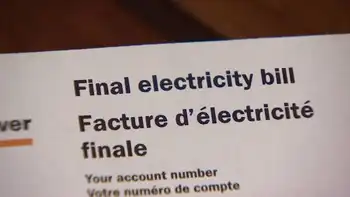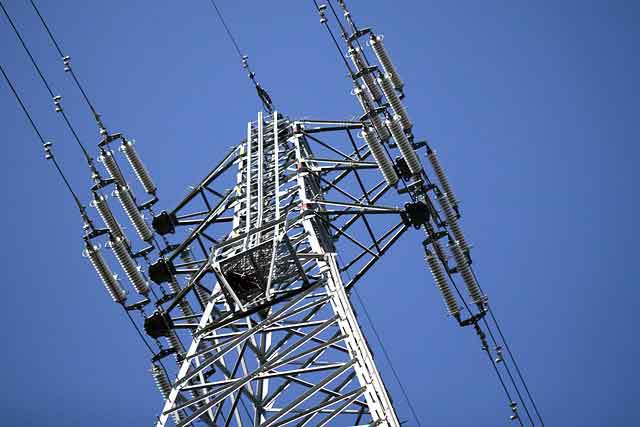EPA sets nuclear waste dump radiation standard
YUCCA MOUNTAIN, NEVADA - No one knows what the Earth will be like in a million years. But a proposed nuclear waste dump in Nevada must be designed to ensure that people living near it a million years from now are exposed to no more than 100 millirems of radiation annually.
And over the next 10,000 years, radiation exposure to the waste dump's neighbors may be no more than 15 millirems a year, or about the amount of exposure in an X-ray. People receive about 350 millirems a year of radiation on average from all background sources.
After three years of deliberations, the Environmental Protection Agency announced its radiation health standard for the proposed Yucca Mountain nuclear waste repository, a system of underground caverns 90 miles northwest of Las Vegas where the government hopes to keep highly radioactive commercial and military nuclear waste.
It is scheduled to open in 2020 if a license application is approved by the Nuclear Regulatory Commission.
The EPA has struggled to comply with a 2004 court directive that said it must establish a radiation health standard for a million years into the future because some of the isotopes in the buried waste will remain extremely dangerous for that long. An earlier standard of only 10,000 years was ruled inadequate by the court.
The agency said it believes its latest standard is "consistent" with the recommendations of the National Academy of Sciences and is expected to satisfy the court decision.
The Energy Department last June submitted its license request for the Yucca Mountain dump to the Nuclear Regulatory Commission, which has three years to consider the request. Despite strong opposition from Nevada officials, the Bush administration hopes the site can be opened by 2020.
It is designed to hold 77,700 tons of used reactor fuel from commercial nuclear power plants in 31 states. The Energy Department recently estimated a cost of $96.2 billion to build and operate the site for 150 years, until it is closed in 2113.
The EPA said that in submitting its design for a license, the Energy Department must consider the effects of climate change, earthquakes and volcanic activities as well as the corrosion of the waste packages to assure it can meet the radiation exposure requirements over a million years.
Energy Secretary Samuel Bodman has said he is confident that the license application submitted to the NRC will "stand up to any challenges anywhere," including questions about whether the design will be adequate to meet the EPA's radiation exposure standard to nearby residents.
The NRC's primary job will be to determine whether the proposed design will protect public health and meet the EPA radiation standard. The NRC has proposed a less stringent radiation standard. The EPA had proposed a maximum exposure of 350 millirems per year for the 10,000- to 1 million-year time frame, more than three times the exposure level it announced.
Related News

Hundreds facing hydro disconnection as bills pile up during winter ban
TORONTO - The first of May has taken on new meaning this year in Ontario.
It's when the province's ban on hydro disconnections during the winter months comes to an end.
Wendy Watson, the director of communications at Greater Sudbury Utilities, says signs of the approaching deadline could be seen in their office of the past few weeks.
"We've had quite an active stream of people into our front office to catch up on their accounts and also we've had a lot of people calling us to make payment arrangements or pay their bill or deal with their arrears," she says.
#google#
Watson says there are…




